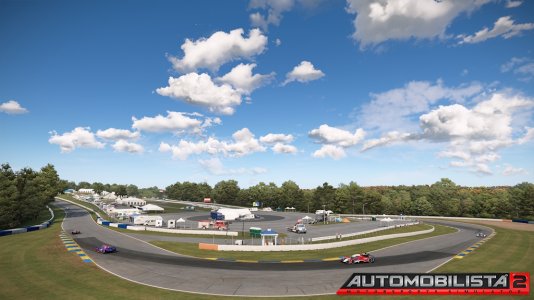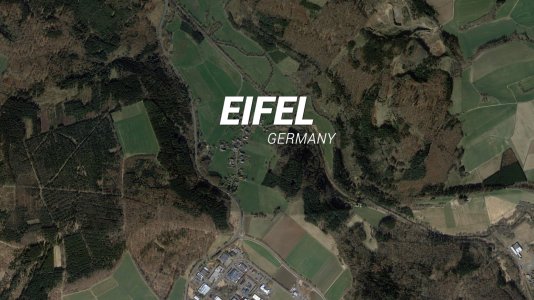I found this app for my mobile phone called Wind Tunnel from the google play store. This app shows a simple wing and a airo image that explains how air runs over it. This explains downforce. Vital to a open wheel race car to grip through turns.
It starts with a ellipse or a stretched egg shape. with a downward slope. So the air travels further underneath and faster on top. This is a airfoil and the basics for a airplane wing. The air underneath is slowed down. And on top sped up creating lift. Panels called ailerons exaggerate this going down to increase sharp lift for take off. And up to raise top pressure on top making plane drop to land. You can build a simple paper airplane and put slots in wings for ailerons to test this for yourself.
On a race car the wings are upside down so tires are pushed into track. If the car got airborne the ability of the brakes and steering would be compromised. So you want to minimize time the tire is not on the track surface. The tire will bounce in cornering and if if a curb is choped to hard.
In the video the red represents high pressure and blue represents low pressure. So the energy of the air is pushing down, making it Downforce.
It starts with a ellipse or a stretched egg shape. with a downward slope. So the air travels further underneath and faster on top. This is a airfoil and the basics for a airplane wing. The air underneath is slowed down. And on top sped up creating lift. Panels called ailerons exaggerate this going down to increase sharp lift for take off. And up to raise top pressure on top making plane drop to land. You can build a simple paper airplane and put slots in wings for ailerons to test this for yourself.
On a race car the wings are upside down so tires are pushed into track. If the car got airborne the ability of the brakes and steering would be compromised. So you want to minimize time the tire is not on the track surface. The tire will bounce in cornering and if if a curb is choped to hard.
In the video the red represents high pressure and blue represents low pressure. So the energy of the air is pushing down, making it Downforce.
Last edited:












